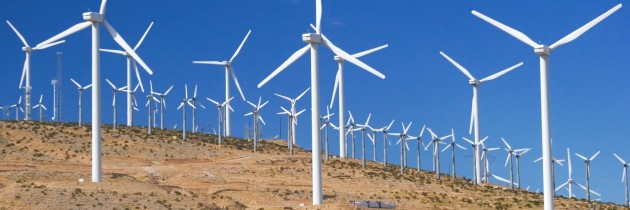Outside Forces Shape European Energy
The European Union is struggling to create what it calls its “energy union.” This is largely a refinement of existing policies aimed at improving energy security, accelerating the shift to a low-carbon economy and, on a political level, showing that the 28 European Union member states can pull off a new integration project at a time when they are deeply divided on monetary and immigration policy. Much of it, therefore, is inward-looking.
Yet Europe’s energy project is also being shaped by outside forces, notably the conflict in Ukraine and the potential threat it poses to the supply of Russian gas to Europe.
This was the threat that last year led Donald Tusk, then Polish prime minister and now president of the European Council (composed of European Union heads of government), to call for European Union states to circle their wagons against potential Russian energy blackmail.
But if President Vladimir V. Putin of Russia is seen as the wicked witch in this drama, then President Obama, with his new Clean Power Plan to reduce carbon emissions, could be seen as the fairy godmother to Europe’s energy union.
However controversial the Obama plan is domestically, it underpins United States climate pledges for the United Nations climate conference in December in Paris. This leaves the European Union feeling less vulnerable with its go-it-alone climate policy of recent years.
Back in 2009, Mr. Obama earned no European thanks for sidestepping the European Union attempt to get the Copenhagen climate summit to approve a binding international protocol to limit emissions. (Because of Senate opposition to the United States signing any international climate treaty, Mr. Obama had no other option.)
Since then, Europeans have been spooked by the United States shale revolution, which brought American natural gas prices far below the level of European prices.
The Obama administration claims that the Clean Power Plan will ultimately lower electricity costs in the United States. But this will be mainly through energy efficiency rather than the Environmental Protection Agency’s new carbon caps on American power plants.
Read more on New York Times



